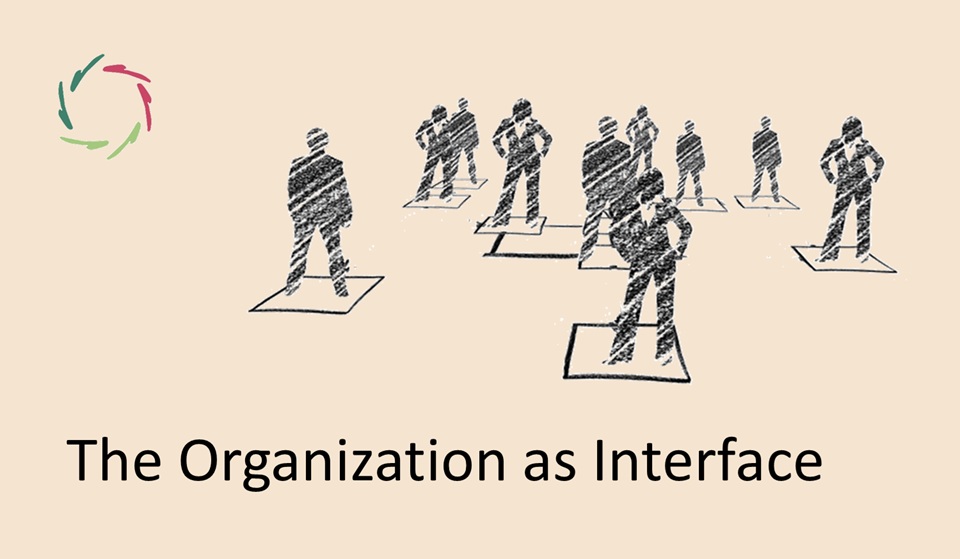Is Competence Classification any Good?

This depends on the way one uses them.
Several systems of classification
There are several national and international competence classification systems:
- ESCO (of the EU). To give some idea, this contains 13485 ‘skills.’
- ISCO (of the International Labour Organization)
- COMPETENT (VDAB – Belgium, UWV – NL, Pôle Emploi, FR)
- O*Net
These are enumerations, lists of ‘competences’ that are by agreement deemed important at, for instance, the workplace.
Knowledge, skills, personal attitude
A competence is defined as the combination of knowledge, skills, and personal attitudes & values. These enable a person to perform a job or function or to attain specific learning goals of an education or training project.
Competences are away towards talent development towards other functions and occupations, to another career path, or new horizons. They form the basis of personal growth. They expose gaps between on the one hand, one’s knowledge and abilities, and on the other hand, present or future job requirements. Thus, they form the basis for further training and development. They are a guide on the way towards lifelong learning.
Good intentions
Competences are seen as neutral and universal at the same time. A crucial goal is to attach more value to competences than to job titles, education, etc. Industrial purposes being what they are, competences may bring more humanity in fulfilling these purposes.
Competences are seen as a means towards objective assessments concerning the relationship between human and job (work). They are supposed to bring an unbiased view of people’s talents, knowledge and abilities, insights, values, and motivations concerning their personal lives, learning trajectories, and working lives.
At the same time, this can and should heighten inclusiveness. [see: “Inclusiveness at Work“]
So, any good?
‘Competences’ are necessarily conceptual, therefore, like pieces cut out of reality. They are not reality itself. Their usefulness is dependent on their closeness to reality. Making matters more difficult, reality is continually changing. [see: “Everything Flows“]
Insofar as they approximate reality, they may also approximate the reality of the individual without the danger of coercing the individual into a mold that doesn’t fit.
It’s no coincidence that prisoners are found in prison. They are ‘put away’ in a mold. What you get is resistance to the mold from inside and outside the prison.
Using competences, one needs to take care of this, not putting people into a mental mold. As an ‘aspiration towards the makeable man,’ they may instead, in reality, realize the breakable man. What may be broken are inspiration, well-being, and health in a broad sense.
Conceptualizing the human being
At least, the systems enumerated above are better than many human classification systems that lack any scientific background whatsoever.
In my view, we need more than a classification to make it fundamentally positive. It can be a good instrument if used well, but that is far from evident.
For instance, one also needs to take into account any person’s motivation towards new knowledge and skills. One needs to involve the reason for any person’s personal attitude and how this may make him rather happy or discontented.
Most importantly, one needs to involve many factors of stress and deep motivation. Burnout can be seen as the result of being stuck in a mental prison that drains energy without replacement. This process may start long before it becomes visible. [see: “Burnout is a Long and Winding Road“]
Did you see me coming? I think this needs Lisa. [see: “Lisa in Career Coaching“]


